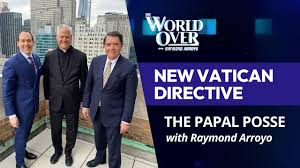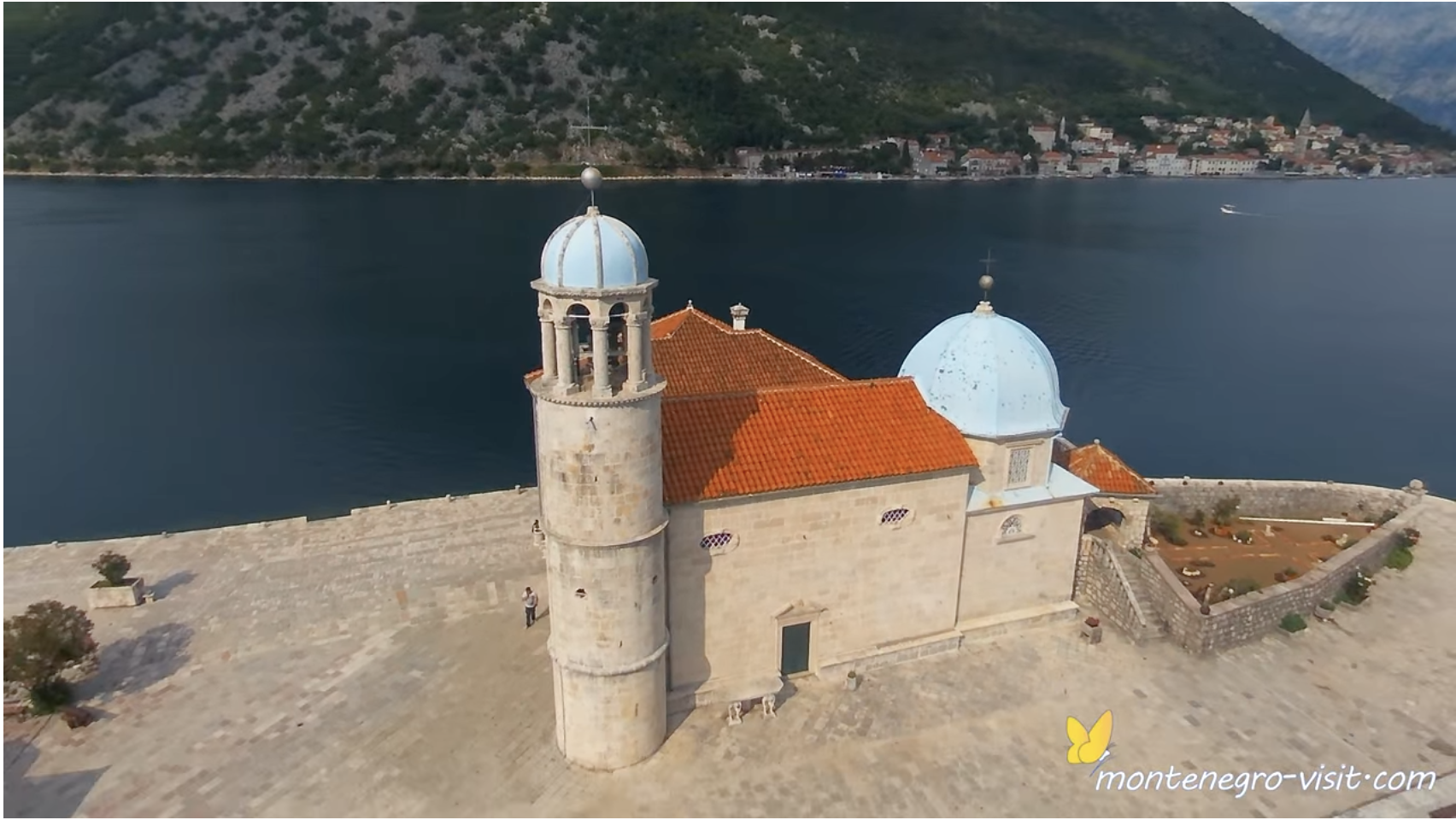The press recently reported on research at the Sloan Kettering Cancer Center in New York, which showed how human embryonic stem cells can improve Parkinson’s disease in mice.
News like this always brings to mind images of John Paul II and the many others who have been devastated by this disease: uncontrolled movements of their hands, increased difficulties walking or, even worse, paralysis of facial muscles – taking away their smiles or normal expressions.
Ultimately, the muscles cannot sustain the body and a slow path to death ensues. Memories of relatives and friends affected by this disease are for many of us an open wound and a reminder of how impotent we find ourselves when someone we love fades away.
So news of a possible cure makes us hope that sometime soon Parkinson’s and other neurologic diseases will only exist as a chapter in books about the history of medicine. Similar hopes are periodically raised in the war against cancer.
As a physician, I hope daily for new answers for our patients.
As a researcher, all this is inspiring and exciting, although many details still need to be worked out.
But as a man and a father, I have questions.
I have three children and I wish I could protect their every breath. I am often amazed at how they develop. They are much more than what I could have designed or predicted in advance.
I also had a daughter who survived only forty days. She was born with the whole spectrum of parental hopes, dreams, and plans. But faulty genetic machinery was her speedy return ticket to Heaven. Still, she taught us something very important. Her life, as well as the lives of other healthy children, are, quite simply, not ours in the way we often think.
Our hopes for our children would be meaningless if life and death were not bound together. Our children have a meaning that goes beyond us. We love them as a gift and we are dedicated to spending our life to help them from the very beginning to wherever the possibilities lead us.

Dante and Beatrice gaze upon the highest heaven by Gustave Doré
So how could I use the early stage of a full human life – an embryo, which as a scientist I don’t see as any different from my wonderful children, or from my little angel who left us so young – to cure another person? Is this a fair trade? I don’t think so.
It reminds me of the old stories, which appear in the histories of medicine (with little actual evidence), of little children being bled so that the powerful might drink their blood in the hope of acquiring health, joy, and a young spirit. Even if it worked, the treatment would not have been human.
People think they can make such a trade because there is a blind spot about the process by which an embryonic assemblage of a few cells turns, within a few months, into the ugly undeveloped face in a 3D ultrasound image, which makes us cry with joy the first time we see it. But just because my heart and mind don’t recognize him/her yet as my child, can I use it/him/her to save or cure another person?
Proponents of the use of embryos for medical progress reject religious considerations and base their efforts on a rational and sincere desire to help patients. But this rationale depends on a certain blind spot. More sophisticated genomic studies may soon demonstrate changes in the DNA of genes strictly related to brain development, in that apparently insignificant assemble of embryonic cells a few days after fertilization. Would that discovery remove the blind spot?
And at the end of the day, does that blind spot really matter? We love our ill child/sibling/parent/spouse so much that we are ready to give our lives to save them. To use an embryo doesn’t seem a big deal, if it will work. So the problem may not be the invisible point of demarcation when an embryo is usable versus an early baby.
The trade seems fair even if someone defends the rights of that embryo. If this is the accepted approach, then we have a new therapy called embryo – and then fetus. We should not be hypocritical about this, and baldly proclaim our intention to use it at any time. Why not?
Well, I go back to my little daughter who only spent forty days on this earth. She shows us that we are not in control and that her early passing from this world did not mean unhappiness for us (and certainly not for her either), but a deeper understanding of the value of any life.
I appreciate everything I have, my healthy children most of all. But the only way to reconcile my being a doctor, a researcher, and a man is to regard the dignity of any human being the same as for one of my children. We’re all of greater worth than our endowments – physical, mental or social. Any human embryo claims that dignity, regardless of its stage of development.
That dignity, I admit, is clearer to me because I’m a Christian. A great priest (Luigi Giussani) once said: “Christ is everything in everyone.” That reality eliminates all scientific blind spots and offers a universal human dignity before and beyond all later rationalization.
Does it rule out stem cell research? Not at all. Alternatives to embryonic stem cells, such as adult or induced-pluripotent stem cells are promising alternatives – and morally sound. The Vatican itself has just entered into partnership with a small biotech company, NeoStem, Inc. to support the development of new therapeutic strategies using adult stem cells.
The language in our public debates about these issues is somewhat misleading. The distinction lies not between being for or against life, but rather on definition and wise realism – about the dignity of all human life.














